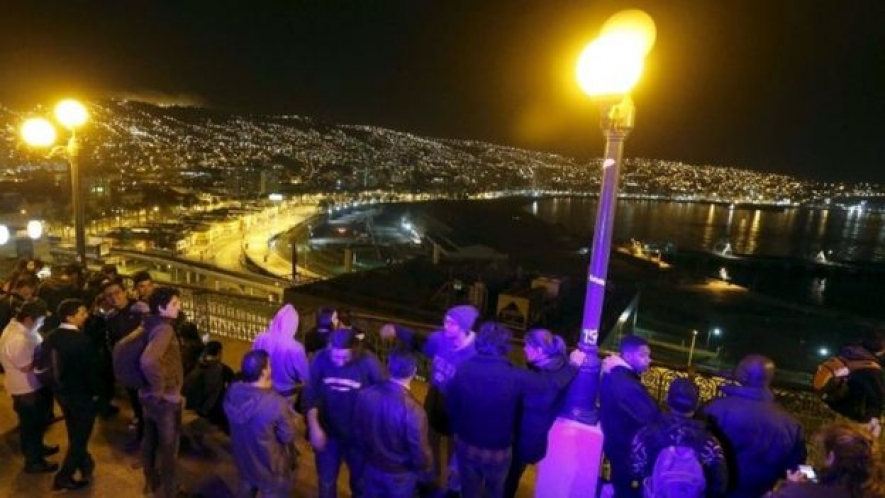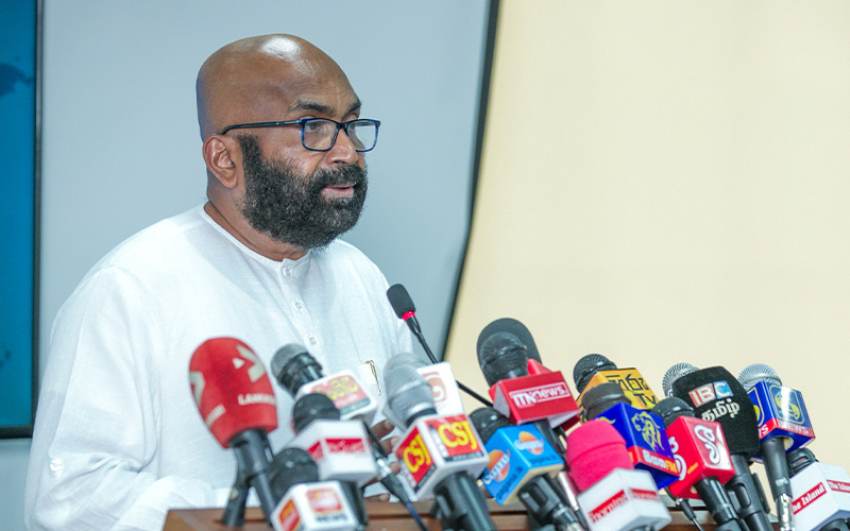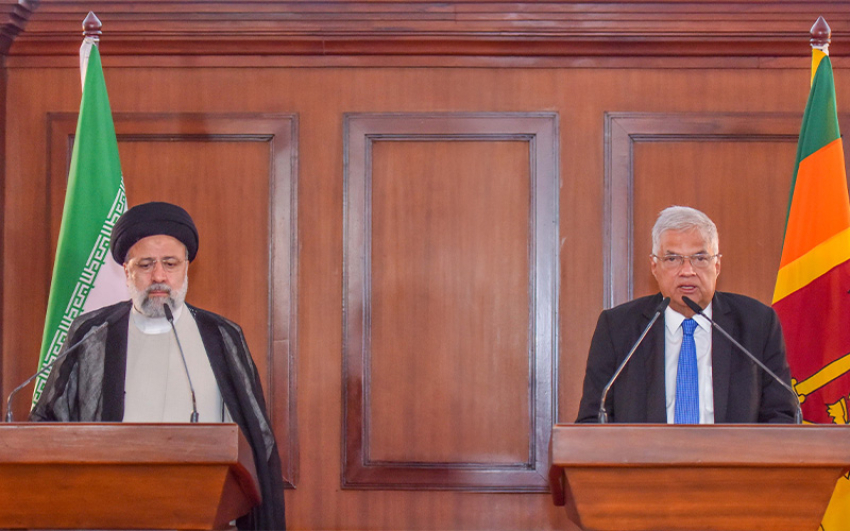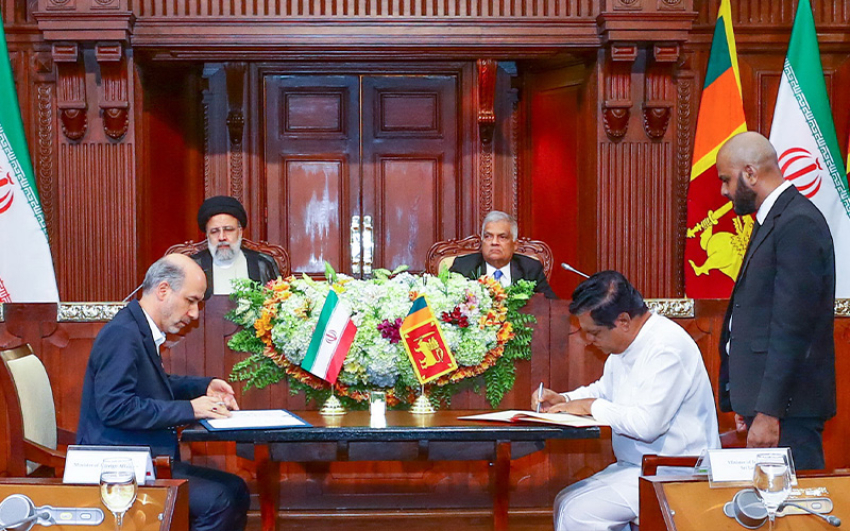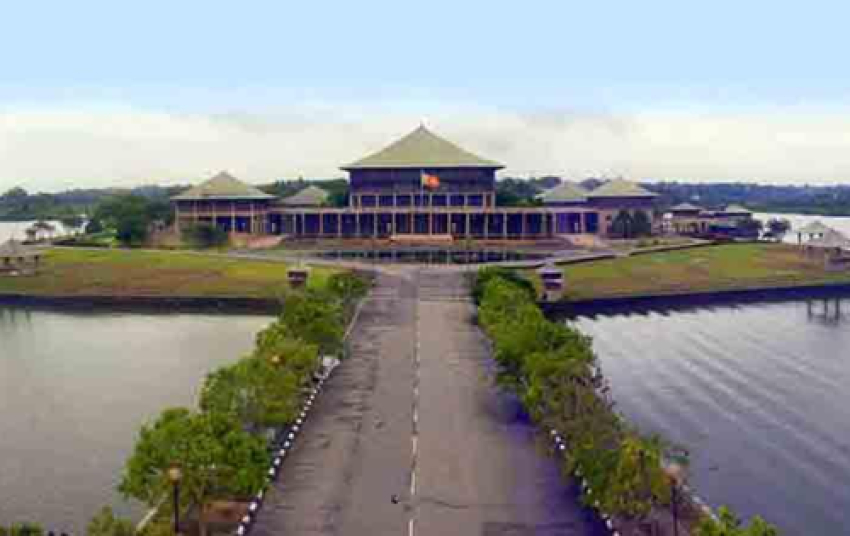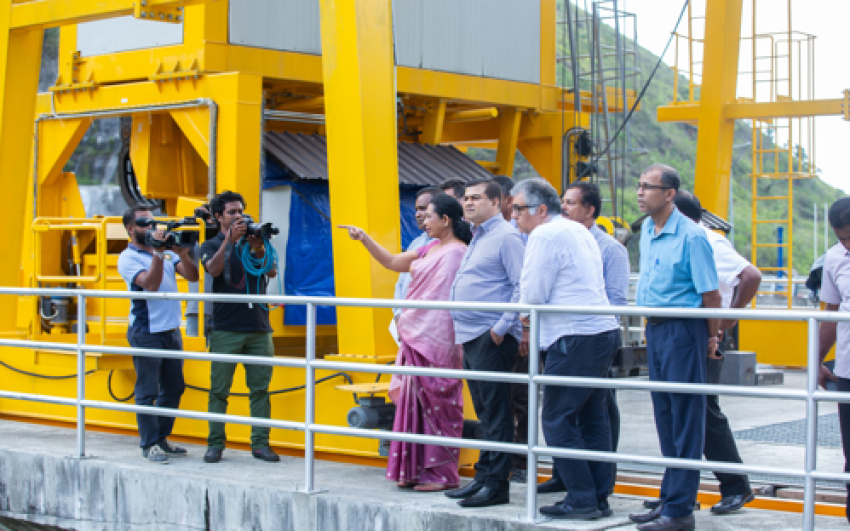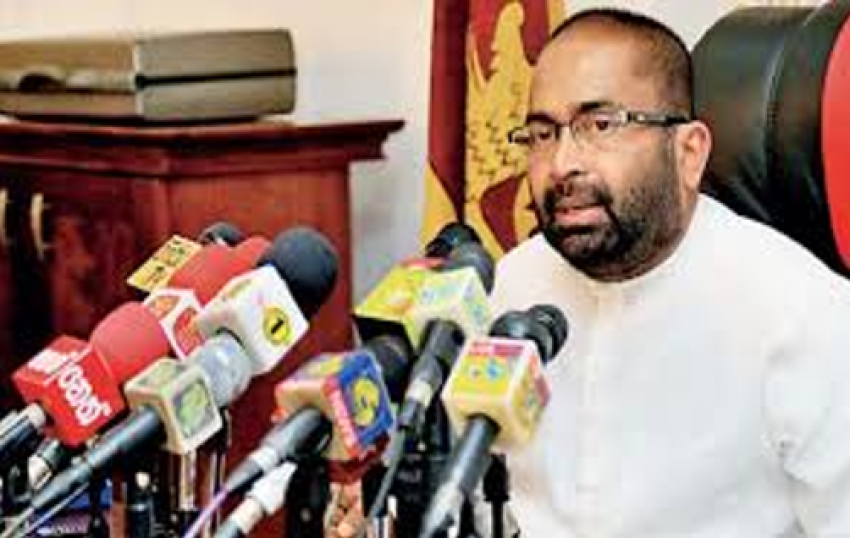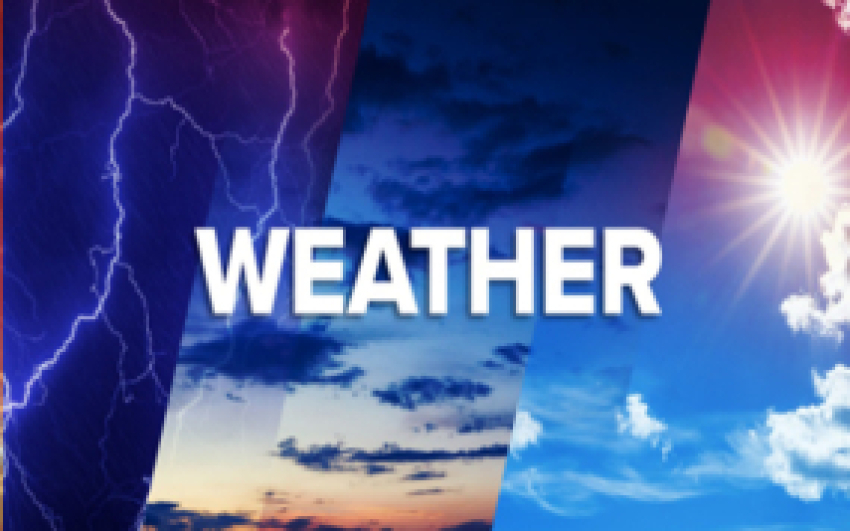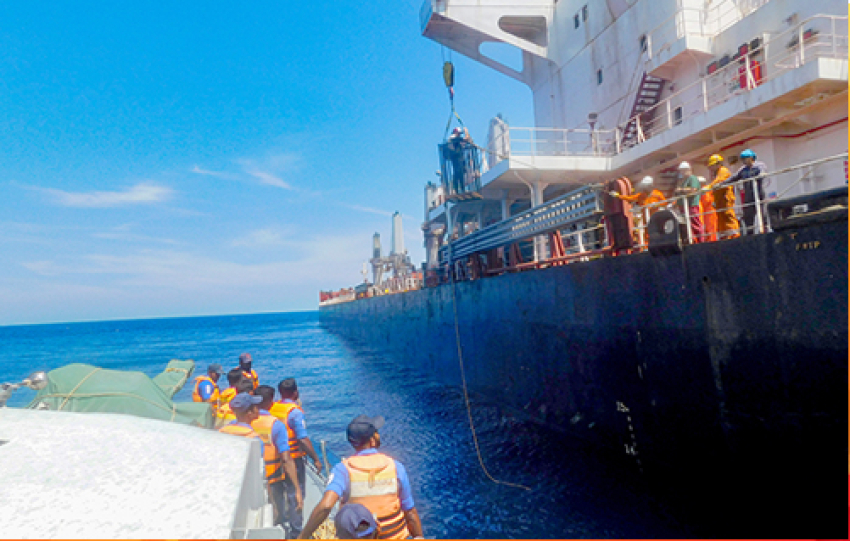The tsunami is expected to fan out across much of the Pacific Ocean, though the worst of its power is expected to be focused westward toward French Polynesia, including Tahiti, the Weather Channel reported. Nonetheless, the two U.S. government agencies responsible for tsunami forecasting say tsunami waves of 1 to 3 feet may reach Hawaii early Thursday morning, while a tsunami of less than 1 foot is expected to reach southern California around the same time.
The gauge in Coquimbo, Chile, recorded three tsunami waves of at least 4 meters (13 feet) each, including a maximum tsunami wave height 15.1 feet above normal tide levels. Several other Chilean coastal cities have recorded tsunami waves as well, though none nearly as dramatic as those in Coquimbo.
Tsunami warnings are also in effect for Peru while agencies across the rest of the Pacific Rim evaluate the potential of a Pacific-wide tsunami.
The U.S. Geological Survey said the main shock struck at 7:54 p.m. Chile time (6:54 p.m. EDT in the U.S.) about 34 miles (54 km) west of Illapel, Chile, or about 145 miles (233 km) north-northwest of Santiago, Chile's largest city. It is the planet's strongest quake of 2015 thus far.
Officials in Chile issued a tsunami warning for the entire coastline of the country, advising everyone near the coast to move to higher ground. The tsunami warning was dropped for Chile's two southernmost regions shortly after 11 p.m. local time.
Shaking was reported in Santiago and across most of central Chile. The strongest shaking was reported in Coquimbo and La Serena, where the ground motions registered at level VIII (eight) on the 12-point Mercalli scale according to Chilean authorities. Such shaking is classified as "severe" and can cause severe damage in poorly built structures.
Widespread power outages have been reported near the epicenter, and Chile's emergency management network, Red Nacional de Emergencia, said cellular phone networks have "collapsed" in some regions. RNE also said it has received reports of landslides in hilly sections of Salamancas, Coquimbo, and Los Vilos, in the region closest to the quake epicenter.
Officials ordered people to evacuate low-lying areas along the 2,400 miles (3,900 kilometers) of Chile's Pacific shore, from Puerto Aysen in the south to Arica in the north. Fishing boats headed out to sea and cars streamed inland carrying people to higher ground. Santiago's main airport was evacuated as a precaution.
Electricity was knocked out, leaving the city in darkness.
The quake was immediately followed by four aftershocks of 6.0 or greater magnitude within 30 minutes. The tremors measured 6.3, 6.1, 6.2 and 7.0, striking at 7:59, 8:03, 8:16 and 8:18 local time, respectively. Additional strong aftershocks struck at 10:41 p.m. Wednesday (magnitude 6.4) and at 12:55 and 1:10 a.m. Thursday (magnitudes 6.2 and 6.3, respectively).
At least seven other aftershocks registering between 5.0 and 5.9 on the moment magnitude scale had occurred by 1:15 a.m. local time, according to the USGS.

